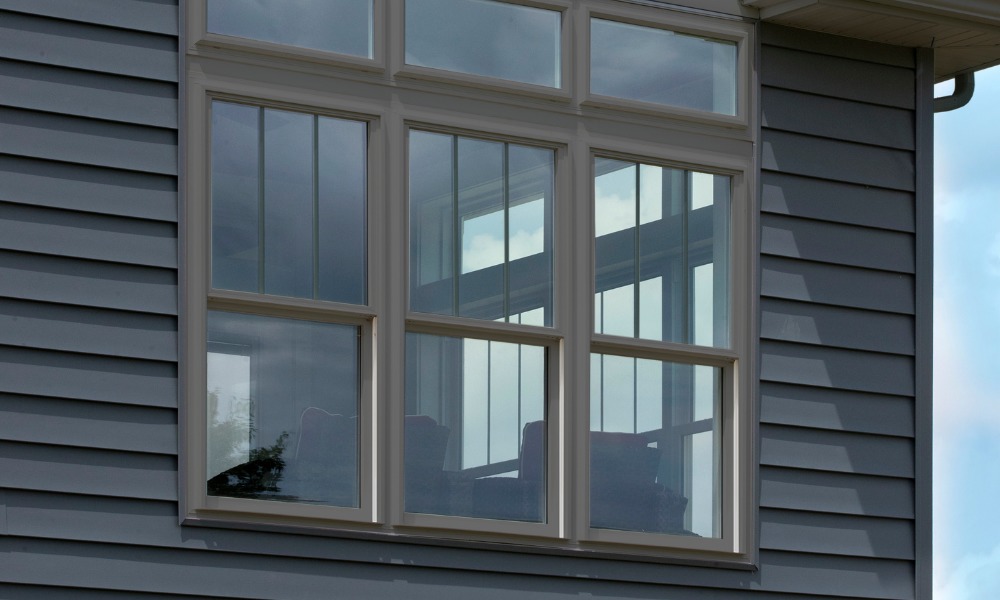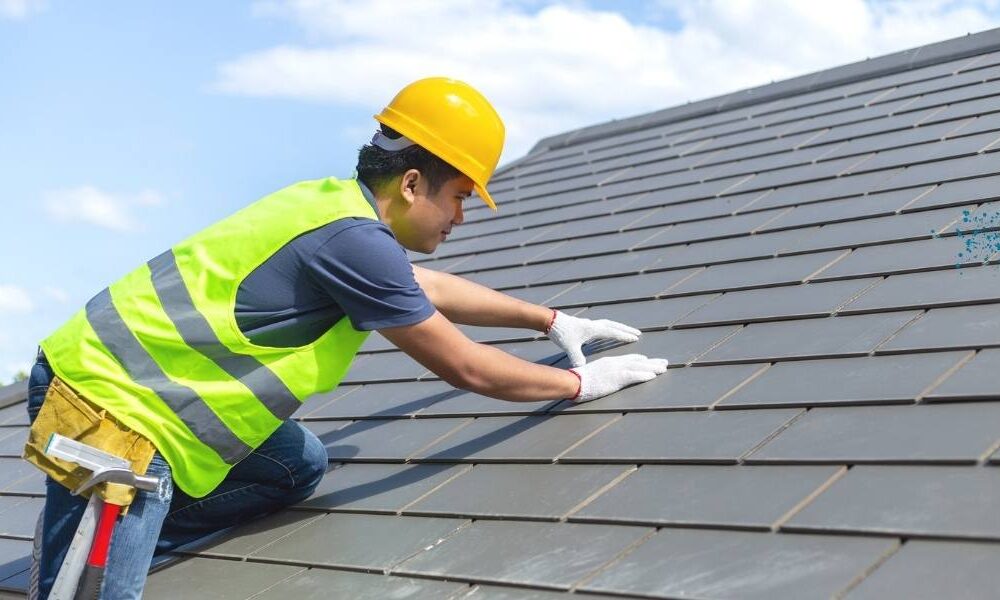Imagine lounging in your own backyard oasis, cooling off in a crystal-clear pool on a scorching summer day. With our top tips for a flawless pool installation, you can turn this dream into a reality.
From selecting the perfect location to understanding material considerations and deciding between hiring a professional or going the DIY route, we’ve got you covered.
We’ll also provide essential maintenance and safety tips to ensure your pool remains a haven of relaxation and fun for years to come.
Location Selection
Choose the perfect location for your pool installation by considering factors such as sunlight exposure, accessibility, and proximity to utilities. The environmental impact of your pool installation should also be taken into account. Opt for a location that minimizes disruption to the existing ecosystem and avoids encroaching on protected areas.
Conduct a thorough cost analysis to determine the financial implications of the chosen location. Consider the costs associated with site preparation, excavation, and potential landscaping or hardscaping requirements. Additionally, assess the long-term maintenance and operational costs that may vary depending on the location.
Keep in mind that a well-placed pool can enhance the aesthetic appeal of your property and increase its value. By carefully evaluating all these factors, you can ensure a successful pool installation that aligns with your budget and environmental goals.
Material Considerations
When selecting materials for your pool installation, consider the durability and maintenance requirements of each option. The materials you choose won’t only affect the longevity of your pool but also its appearance and functionality.
For pool design, there are various materials to choose from, including concrete, fiberglass, and vinyl. Concrete pools offer versatility in shape and size, allowing for customized designs. Fiberglass pools, on the other hand, are pre-formed and can be installed quickly. Vinyl pools are cost-effective and can be customized with different patterns and colors.
In terms of water filtration, consider the type of filtration system that best suits your needs. Options include sand filters, cartridge filters, and diatomaceous earth filters. Each has its own advantages and maintenance requirements, so choose wisely to ensure a flawless pool installation.
Hiring a Professional Vs DIY
If you want a flawless pool installation, it’s crucial to consider whether hiring a professional or doing it yourself is the best option for you. Both options have their pros and cons, so let’s dive into the details and help you make an informed decision.
Hiring a professional pool installer can save you time and effort. They have the necessary expertise and equipment to ensure a high-quality installation. Professionals also provide warranties and guarantees, giving you peace of mind. However, hiring a professional can be costly. You’ll need to budget for labor costs and potential additional expenses.
On the other hand, a DIY pool installation can be a more affordable option. It allows you to have complete control over the process and can be a rewarding experience. However, it requires a significant amount of time, effort, and skill. You’ll need to research and learn the necessary techniques, and there’s a risk of making costly mistakes.
Before making a decision, consider your budget, time availability, and skill level. If you’re unsure, consulting with professionals, such as this company providing pool construction in Lake Oconee, GA can provide valuable insights and help you weigh the cost comparison. Ultimately, the choice between hiring a professional and DIY comes down to your personal preferences and circumstances.
Maintenance and Safety Tips
To ensure the longevity and safety of your newly installed pool, it’s essential to prioritize regular maintenance and follow these key safety tips.
Proper pool cleaning is crucial to keep the water clear and free from harmful bacteria. Regularly skim the surface of the water to remove leaves and debris, and use a pool vacuum to clean the bottom and sides.
Additionally, maintain the water chemistry by regularly testing and balancing the pH, chlorine, and alkalinity levels. This will ensure that the water is safe for swimming and prevents the growth of algae and other harmful organisms.
It’s also important to regularly check the pool equipment, such as the filter and pump, to ensure they’re functioning properly.
Lastly, always supervise children and non-swimmers around the pool and install safety features like pool covers and alarms to prevent accidents.
Conclusion
In conclusion, when it comes to pool installation, choosing the right location and materials is crucial. Whether you decide to hire professionals or take on the project yourself, it’s important to prioritize maintenance and safety to ensure a flawless pool experience.
Remember, just like a well-crafted symphony, a flawlessly installed pool can bring harmony and joy to your outdoor space. So, dive into the process with confidence and enjoy the refreshing rewards that come with a perfectly installed pool.




